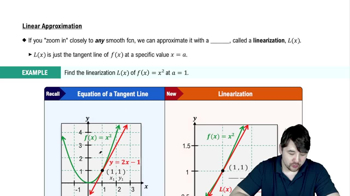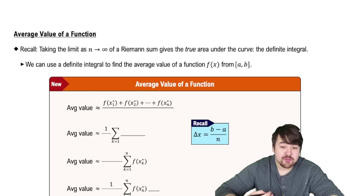21–32. Mean Value Theorem Consider the following functions on the given interval [a, b].
a. Determine whether the Mean Value Theorem applies to the following functions on the given interval [a, b].
b. If so, find the point(s) that are guaranteed to exist by the Mean Value Theorem.
ƒ(x) = 7 -x² ; [-1; 2]






